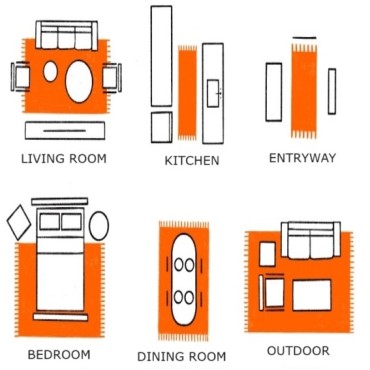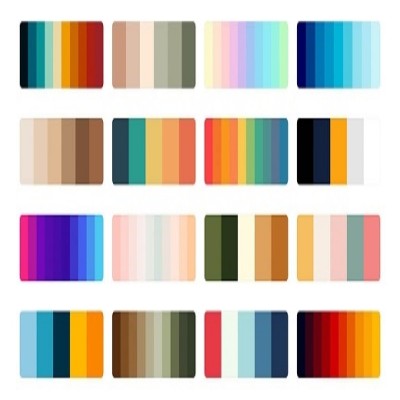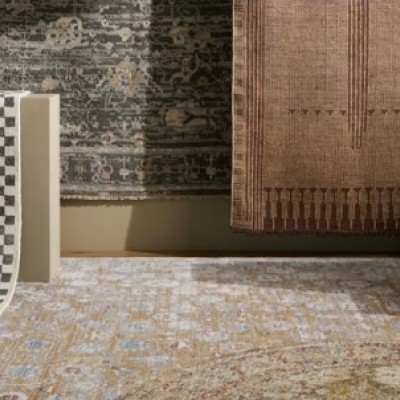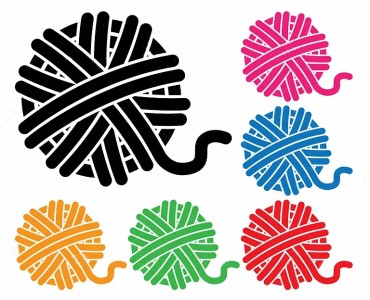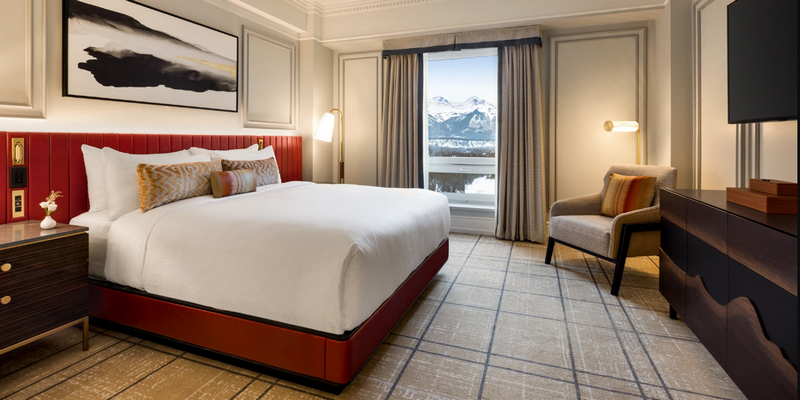
Introduction:
An investment in a quality rug can enhance the aesthetics and comfort of a living area. It is imperative, however, to pair it with a rug pad of the same quality to ensure that your investment in a rug will last for many years to come. Although it may seem a minor accessory, rug pads have many benefits that go beyond simply protecting your floor. This article aims to provide insights into why you need a rug pad and how to choose the right rug pad for your needs.
Why You Need a Rug Pad:
1. Floor Protection:
The primary purpose of using a rug pad is to protect the flooring. Whether you have hardwood, laminate, or tile floors, the constant friction between the rug and the floor may cause scratches, dents, or discolorations. Rug pads are a barrier, preventing direct contact with your flooring and reducing wear and tear.
2. Enhanced Safety:
Adding a rug pad provides an additional layer of safety to rugs by preventing them from sliding and sliding. This is especially important in high-traffic areas or homes with elderly and children members. Your living space must be safe for everyone by providing a secure rug.
3. Increased Comfort:
You can feel more comfortable walking on a rug with a quality pad underneath. The pad adds a cushioning effect to your rug, enhancing its visual appeal and comfort when you walk or sit on it. Particularly useful in areas where you spend a significant amount of time, such as the living room or bedroom.
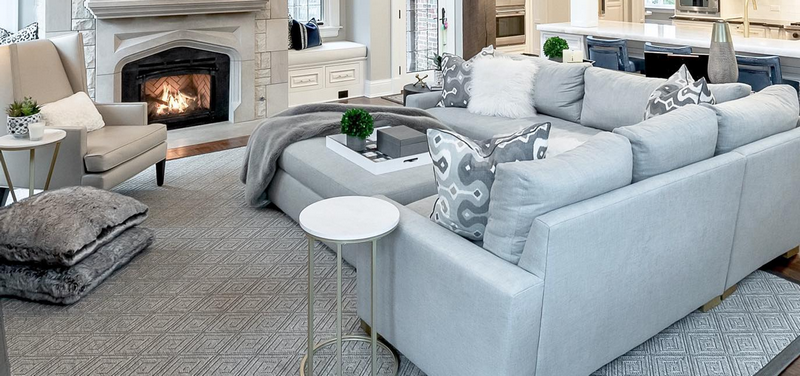
4. Preservation of Rug Quality:
Your rug will be protected from bunching up or becoming misshapen if you utilize rug pads. Especially for high-end rugs made with delicate materials or intricate weaves, rug pads ensure that your rug lays flat and maintains its original form, extending the life of the rug.
5. Noise Reduction:
The use of a rug pad will not only increase the noise level in your home, but it will also add an acoustic barrier as well, absorbing sound and reducing the levels of noise as well. This is especially advantageous in apartments or multi-story houses.
How to Choose the Right Rug Pad:
1. Consider the Rug Material:
The material of your rug should influence the type of rug pad you choose. For instance, a thin, non-slip pad works well if you have a natural fiber rug, such as jute or sisal. For thicker rugs, like wool or shag, a thicker pad with more cushioning may be preferable.
2. Choose the Right Size:
Ensure that the rug pad you select is appropriate for your rug. If the pad is too small, it may not provide sufficient protection, and if it's too large, it might extend beyond the rug, creating a tripping hazard. Some rug pads can be easily trimmed to fit your specific rug dimensions.
3. Consider Floor Type:
Different floor types require different types of rug pads. For hardwood floors, look for a pad with a natural rubber or felt surface to prevent any potential damage. Choose a pad with more grip for carpeted floors to prevent the rug from shifting.
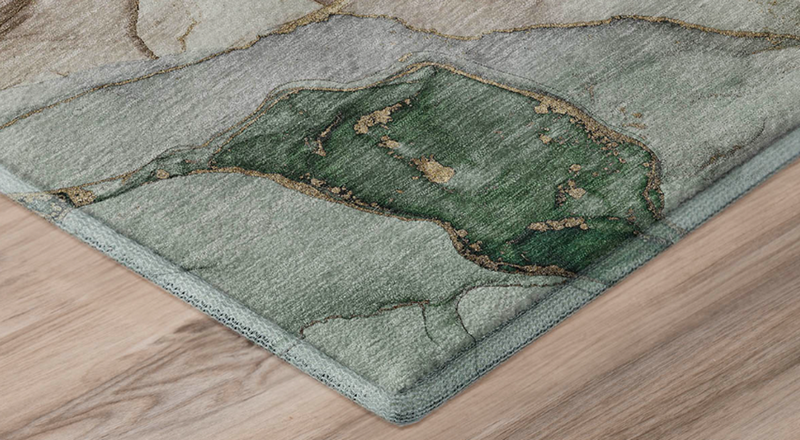
4. Thickness Matters:
Choosing the right rug pad can affect both comfort and performance. Thicker pads provide better cushioning but may not be suitable for sliding doors. If your space has specific requirements, you may want to consider a thinner pad under furniture, while a thicker pad would be appropriate for areas where comfort is of importance.
5. Check for Non-Slip Features:
Choose rug pads with non-slip features that will prevent accidents and keep your rug in place. Look for pads with a natural rubber base or those specifically designed for gripping smooth surfaces. This is particularly critical for lightweight rugs or those placed in high-traffic areas.
Conclusion:
Investing in a quality rug pad is an investment that pays off in several ways at Rugs Town. Rug pads are a must-have accessory for any home, providing protection for your floors, preserving the longevity of your rug, and improving safety and comfort. To ensure that your rug and living space are harmoniously complemented, it is important to consider factors such as rug material, size, floor type, thickness, and non-slip features when choosing the right rug pad.
